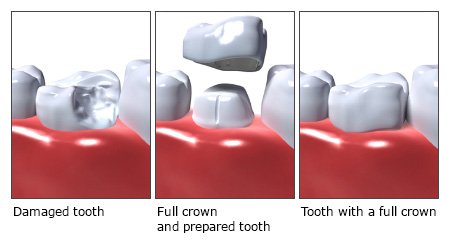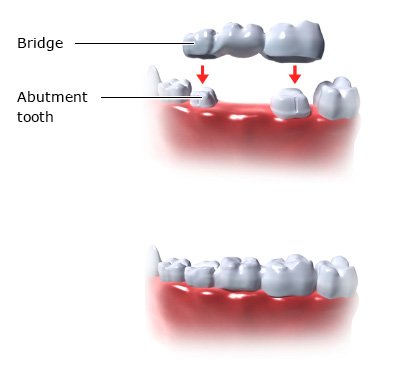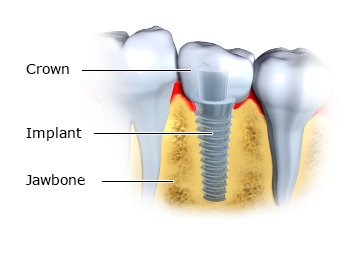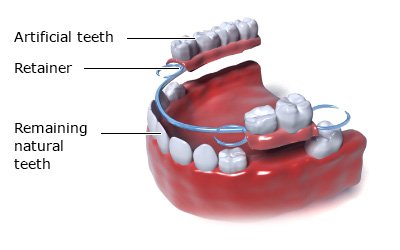What happens before the treatment?
Before suggesting the best type of denture, your dentist will first examine your teeth to see how large the gap in the teeth is, where it is located, and whether there are still teeth next to it. The dentist will also check how healthy your jaw and any neighboring teeth are.
In the German health care system, your dentist puts together a treatment plan and cost overview, and then submits it to your health insurer before treatment can begin. The health insurer will then let you know what part of the treatment costs they will pay. If you have questions about the different treatments and costs in the plan your dentist suggested, it may be a good idea to get a second opinion from another dentist. Statutory health insurers and patient information centers run by the dental association also provide advice on dentures and artificial teeth.




